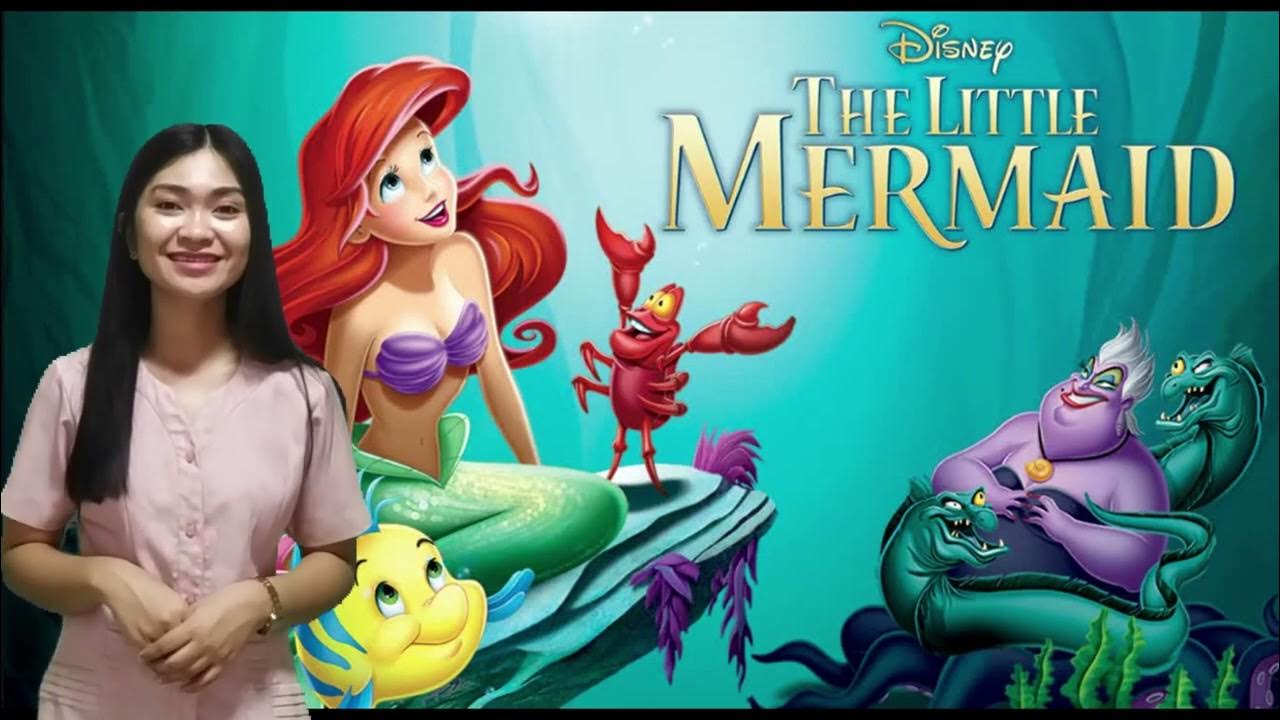WRITING DRAFT (Creative Non-Fiction)
Summary
TLDRThis educational video for Grade 12 learners introduces a lesson on creative non-fiction, focusing on drafting strategies. The teacher, Gerald K. Vinovalta, emphasizes key writing techniques, such as starting with familiar ideas, taking breaks, and structuring paragraphs effectively. Students engage in an interactive activity by sketching quick drawings and later explore drafting through writing exercises. The video also reviews previous lessons on emerging forms of non-fiction and outlines the importance of drafting without immediately proofreading. It concludes with a quiz and an assignment to write a personal narrative draft.
Takeaways
- 📖 Drafting is a crucial stage in the writing process where you develop a complete first version of a piece of writing.
- ✏️ Begin writing with the part you know most about, even if it's not the first paragraph.
- 📏 Keep paragraphs longer than one sentence but shorter than an entire double-spaced page for readability.
- ⏳ Take short breaks to refresh your mind, but avoid extending them to maintain momentum.
- 🎯 Be reasonable with your goals, set deadlines, and stick to them to create a successful writing assignment.
- 📝 Keep your audience and purpose in mind while drafting, as they are key to the writing process.
- 🧠 Freewriting can help ideas flow and prevent writer’s block in the early stages of drafting.
- 🔗 Structure your information logically by finding your thesis statement and connecting paragraphs cohesively.
- 📚 Elaborate on your ideas with facts, examples, and research to ensure your draft is detailed and well-supported.
- 🚫 Avoid proofreading while drafting. Focus on organizing ideas, with revision and editing happening later.
Q & A
What is the main focus of the lesson in the script?
-The main focus of the lesson is on drafting strategies for creative non-fiction writing, helping students prepare their first drafts.
What materials are students expected to bring to the session?
-Students are expected to bring notebooks, pens, learning activity sheets, and assessments.
What are the special and emerging forms of creative non-fiction discussed in the previous lesson?
-The special forms of creative non-fiction discussed are travel writing, food writing, and nature writing. Emerging forms include testimonial, blog, and Facebook status report.
What is drafting, according to the script?
-Drafting is the stage of the writing process where a complete first version of a piece of writing is developed. It typically follows brainstorming and outlining.
What is one strategy for writing a draft mentioned in the lesson?
-One strategy is to begin writing with the part you know most about, even if it's not the first paragraph.
Why is it recommended to take breaks while drafting?
-Taking breaks helps refresh the mind, especially when working on a long essay or report, though breaks should be kept short to avoid losing focus.
What does the teacher suggest about writing the introduction and conclusion?
-The teacher suggests writing the introduction and conclusion last, after fleshing out the body paragraphs.
What are topic sentences, and why are they important?
-Topic sentences state the main idea of a paragraph and imply how the paragraph connects to the thesis. They help structure the text and make the argument easier to follow.
How long should a paragraph generally be in college-level writing?
-A paragraph should generally be longer than one sentence but shorter than a full page of double-spaced text. The length can vary depending on the complexity of the topic.
What is the final activity for students at the end of the lesson?
-The final activity is to write a draft of a personal narrative about an unforgettable experience or a chosen topic, which they need to keep for the next lesson.
Outlines

Этот раздел доступен только подписчикам платных тарифов. Пожалуйста, перейдите на платный тариф для доступа.
Перейти на платный тарифMindmap

Этот раздел доступен только подписчикам платных тарифов. Пожалуйста, перейдите на платный тариф для доступа.
Перейти на платный тарифKeywords

Этот раздел доступен только подписчикам платных тарифов. Пожалуйста, перейдите на платный тариф для доступа.
Перейти на платный тарифHighlights

Этот раздел доступен только подписчикам платных тарифов. Пожалуйста, перейдите на платный тариф для доступа.
Перейти на платный тарифTranscripts

Этот раздел доступен только подписчикам платных тарифов. Пожалуйста, перейдите на платный тариф для доступа.
Перейти на платный тарифПосмотреть больше похожих видео

LITERASI BUKU FIKSI DAN NON FIKSI | BAHASA INDONESIA KELAS 9 | BELAJAR ONLINE | FITRI RIZKY MUSLIFA

Interpreting Themes of Creative Non-Fiction

ABSOLUTELY EVERYTHING you need for GCSE ENGLISH LANGUAGE | Unheard tips

TLE 8 - Technical Drafting (Q1- Module 1)

MEMBANDINGKAN BAGIAN- BAGIAN BUKU FIKSI DAN NON FIKSI

CREATIVE NONFICTION - Theme and Techniques (Lesson 1)
5.0 / 5 (0 votes)
